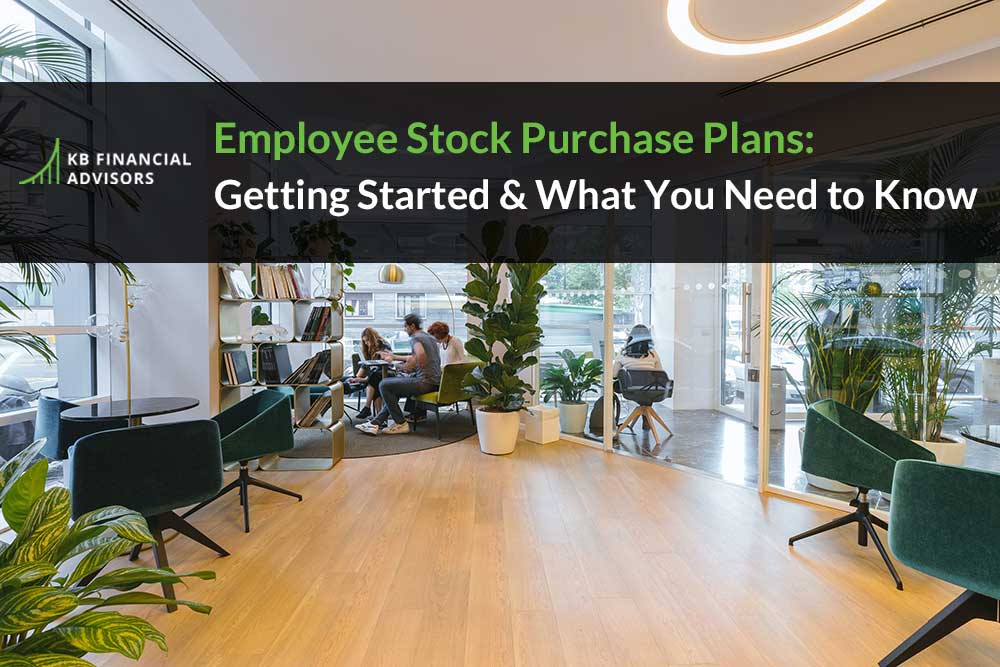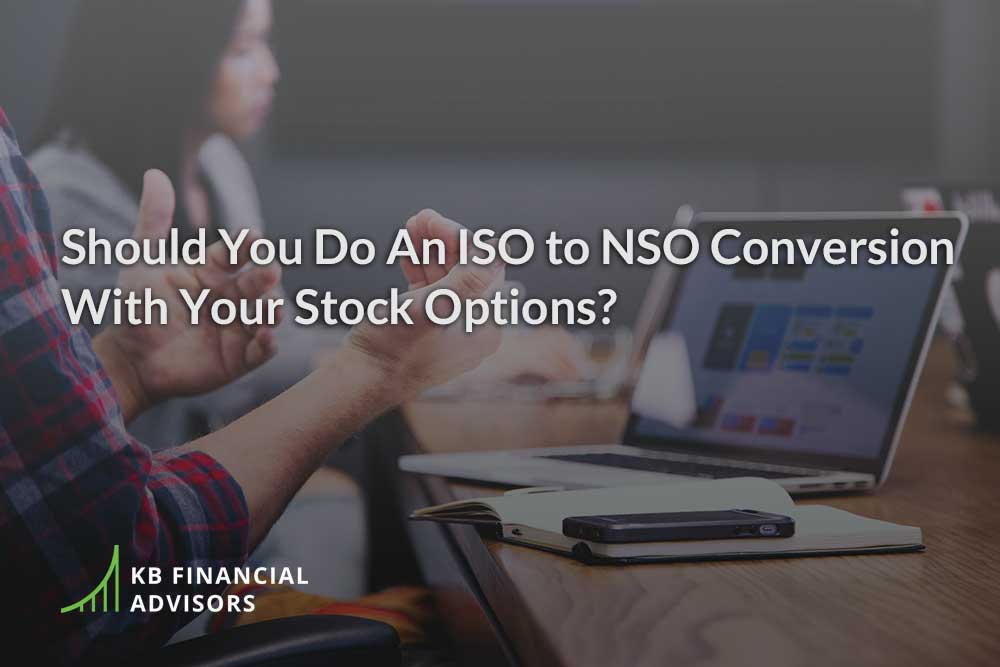After an IPO, a lot of things change with your stock options and your company equity.
You’ll have to deal with things like blackout periods and trading windows, and some companies will start offering an Employee Stock Purchase Plan (or ESPP).
What is an Employee Stock Purchase Plan, exactly?
In short, it lets you make deductions from your paycheck into the plan, so you’re essentially able to automatically purchase company stock every paycheck you get.
The money you contribute with each paycheck gets put into your ESPP pot, and is usually used twice per year to purchase stocks at a discount. (There is no set discount percentage, but the most common percentage we see is 15% off the current trading price. So, if your company shares are trading at $100 each, you only have to pay $85 per share.)
The good news is, these contributions (usually between 2% to 15% of your paycheck) are made after-tax, so you only have to pay additional tax on the profits of the shares AFTER you sell them down the road. PLUS, you get to choose at what level you participate: you can contribute between 2% to 15% of your paycheck, depending on your company’s limits, up to a $25,000 yearly cap.
Pretty sweet, no?
So… How do you get started with your ESPP?
If your company decides to offer an ESPP, they’ll give you documentation about it that you’ll need to look over carefully before you sign up. There will be a lot of information in there, but these are the key terms and dates to look out for:
ESPP Enrollment Period
The enrollment period for an employee stock purchase plan is similar to open enrollment with health insurance.
You’ll have a set timeframe when you can review the policy and decide whether or not the ESPP is something you want to participate in, as well as what percentage you’ll take out of each paycheck for it.
The “enrollment period” is for the upcoming year, so if you miss out on the first year or decide you want to contribute a higher percentage, you can usually change it during the next yearly enrollment period… much like you can with health insurance plans.
ESPP Offer Period
The ESPP offer period is usually one year (12 months) long, and it’s the one-year period when you’ll be making those percentage-based contributions to your ESPP.
Also within that one year period is when the dollars from your contributions will be used to purchase company shares. After the offer period of one year, another enrollment period will begin, which subsequently starts a new year-long offer period.
ESPP Purchase Period
Within each year-long offer period, you’ll usually have two separate purchase periods.
These periods tend to be six months each, and at the end of those six months is when the money you’ve accumulated into your ESPP account will be used to purchase shares at your discounted rate.
ESPP Purchase Dates
Like I mentioned above, the purchase date comes at the end of a purchase period, when the actual purchase of shares is made. These dates are usually pre-set, and signify when the cash in your ESPP account will be traded for shares in your name.
Special ESPP Provisions to Keep in Mind
Not all employee stock purchase plans will have these provisions, but many will. It’s worth looking through your paperwork to see if your ESPP mentions these terms, because they help ensure you get the best deal for your money during each purchase period.
Look Back
It’s no secret that share prices fluctuate over time.
So what happens if the share price was $90 at the beginning of the offer period, but then went up to $100 at the end of the purchase period?
With a look back provision, you get the better deal. Instead of getting 15% off the $100 price, look back rewinds the price back to the beginning of the offer period and gives you the 15% discount on the $90 price.
This means, instead of paying $85 per share (15% off $100), you only have to pay $76.50 per share (15% off $90.) So, instead of getting the 15% discount at the current trading price, you actually get a 24% discount, which is really nice.
Reset
What happens if the price of your stock goes down instead of up?
Let’s say that the offer period began with a $100 trading price, and now that the end of the purchase period is here, the price is down to $90.
Your discount will be based on the now lower $90.
With reset, the start of the offer period resets down to the end of the purchase period at the lower stock price, which is $90. So that your look back provision is now based on $90. If in the next purchase period, the stock climbs to $110. Your look back provision will look back to $90 at the reset offering period instead of back to $100 at the original start of the offering period.
Look back and reset are two important features that help you pay the lowest possible price at a discount that may be higher than 15% off the current price.
Smart ESPP Investing Strategies
When you decide to enroll in your company’s Employee Stock Purchase Plan, there are two main ways to use it as a saving and investing strategy.
You can absolutely work with a financial advisor to do a smart combination of the two, but here they are broken down by the basics of selling strategy and tax treatment:
Max Contribution + Sell ASAP
Once a purchase date passes, the shares of the company become yours to do what you want with.
In the sell ASAP strategy, we tend to help you do your maximum contribution of 15% (or whatever gets you to the $25,000 threshold), and then sell the shares as soon as possible.
The goal with this strategy is to simply increase your take-home pay to help you further your financial goals elsewhere. The additional money you make after the sale is treated just like your salary, bonuses, or vesting RSU: it’s subject to normal income tax.
Max Contribution + Hold
With this strategy, we still work with you to make your maximum contribution (or however much you can afford), and then hold the shares instead of selling them.
The idea here is to hold the shares until they meet the end of your ESPP’s special holding period so the income you generate from the sale can be taxed as long-term capital gains, instead of at your regular income tax rate.
The important thing to keep in mind here is the special holding period: it’s not the same, simple 12 months like it is for other shares.
According to tax law, ESPP shares *only* qualify for long-term capital gains on the later of:
- Two years after the start of the offer period when the shares were acquired
- One year after the shares were purchased
Again, that’s whichever date comes later.
Fortunately, most ESPP websites will list the qualification date for you so you don’t have to worry about doing complicated calendar math to keep track of every single batch of ESPP shares your purchase.
Usually, you’ll see the shares organized into blocks based on when you purchased them, and you’ll see a “date when qualified” field to know when you’re in the clear to sell them for long-term capital gains.
Common Question: Should You Prioritize Your ESPP Savings Over Other Savings?
I know you and I both have heard it said more than once that you need to prioritize your 401(k) matching contributions, because if you don’t, it’s like leaving free money on the table.
But, once your company goes public, your list of benefits to save and invest usually grow beyond a simple 401(k). When that happens, it can leave you a little unsure about where and how to prioritize your saving and investing… so where does your ESPP fit into all of it?
From our experience helping tech and startup employees reach their financial goals, our advice is to always max out your 401(k) first and then rank your ESPP as your #2 priority.
The reason why we rank ESPPs as #2 is because the discount on shares is so valuable, that it’s basically like a form of free money all on its own. You get an automatic gain on your value on day one, and it can be a significant increase in take-home pay if you sell immediately.
Conclusion: Should You Participate in Your Company’s ESPP?
Overall, ESPPs are a fantastic way to accelerate your income, savings, and investment strategy. Even if the only thing you use it for is to increase your take-home pay, you can turn around and use that extra cash towards other financial goals you’re working on.
Your best bet is to work with a financial advisor to figure out what percentage you should enroll with, and whether or not you should take a selling or a holding strategy once you own the shares… or some combination of the two.
If you’ve got any questions or would like to do a deep-dive into your ESPP offer and your unique financial situation, schedule a discovery call with us to talk more.






